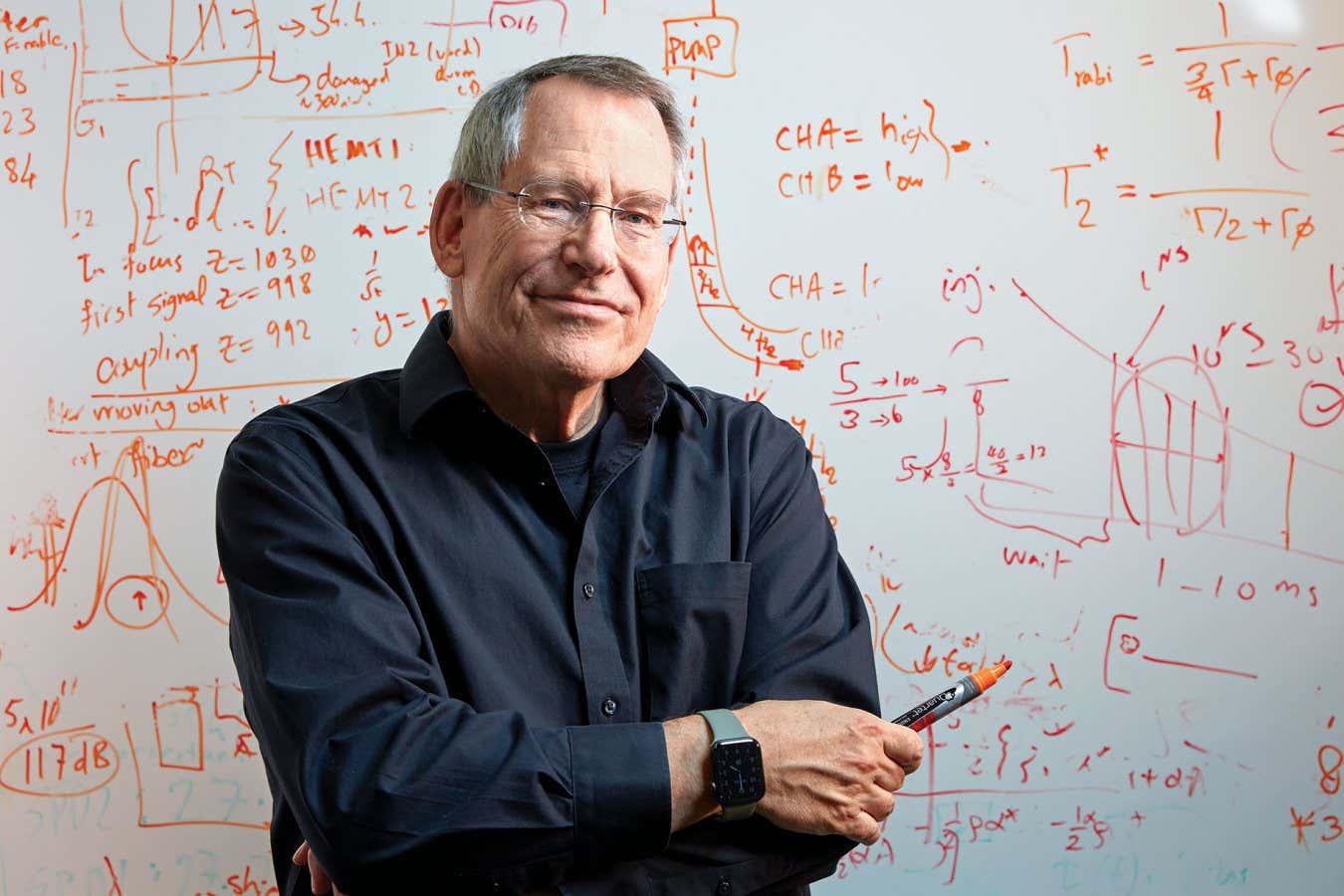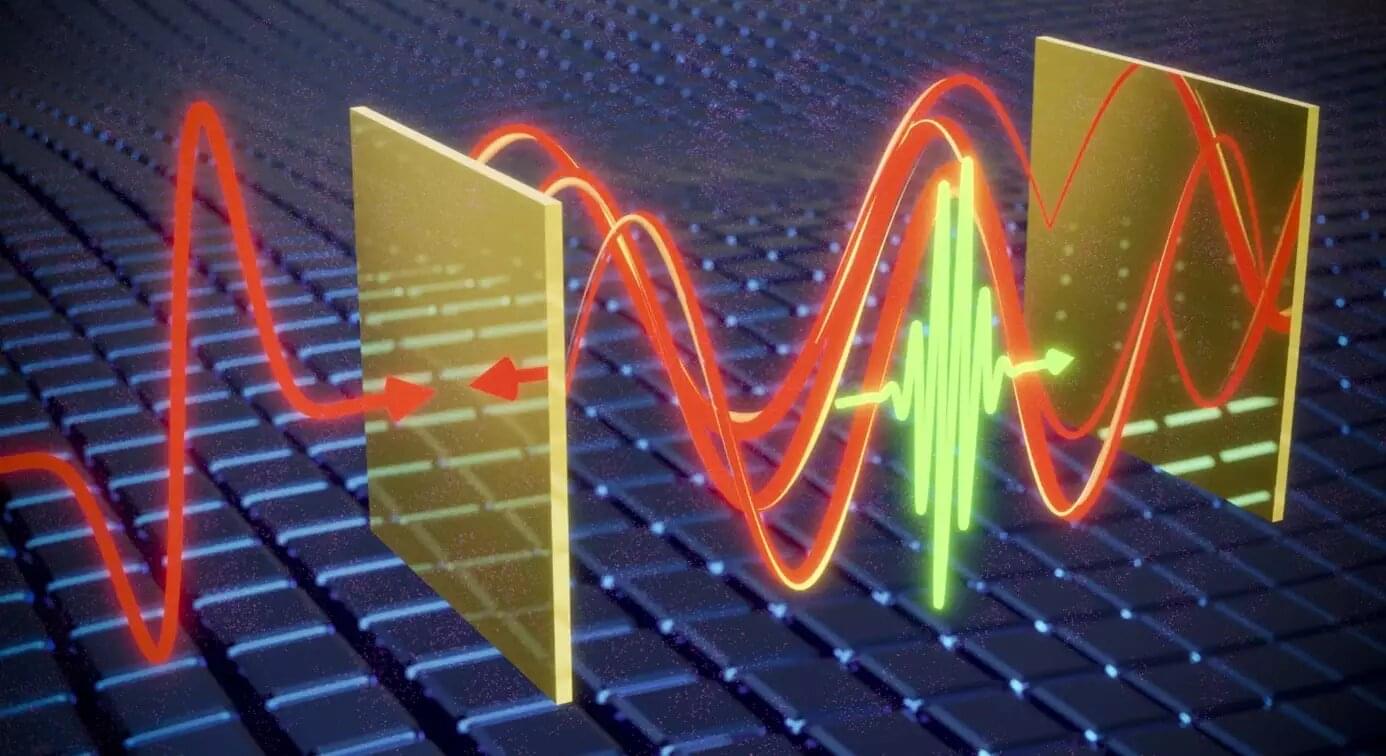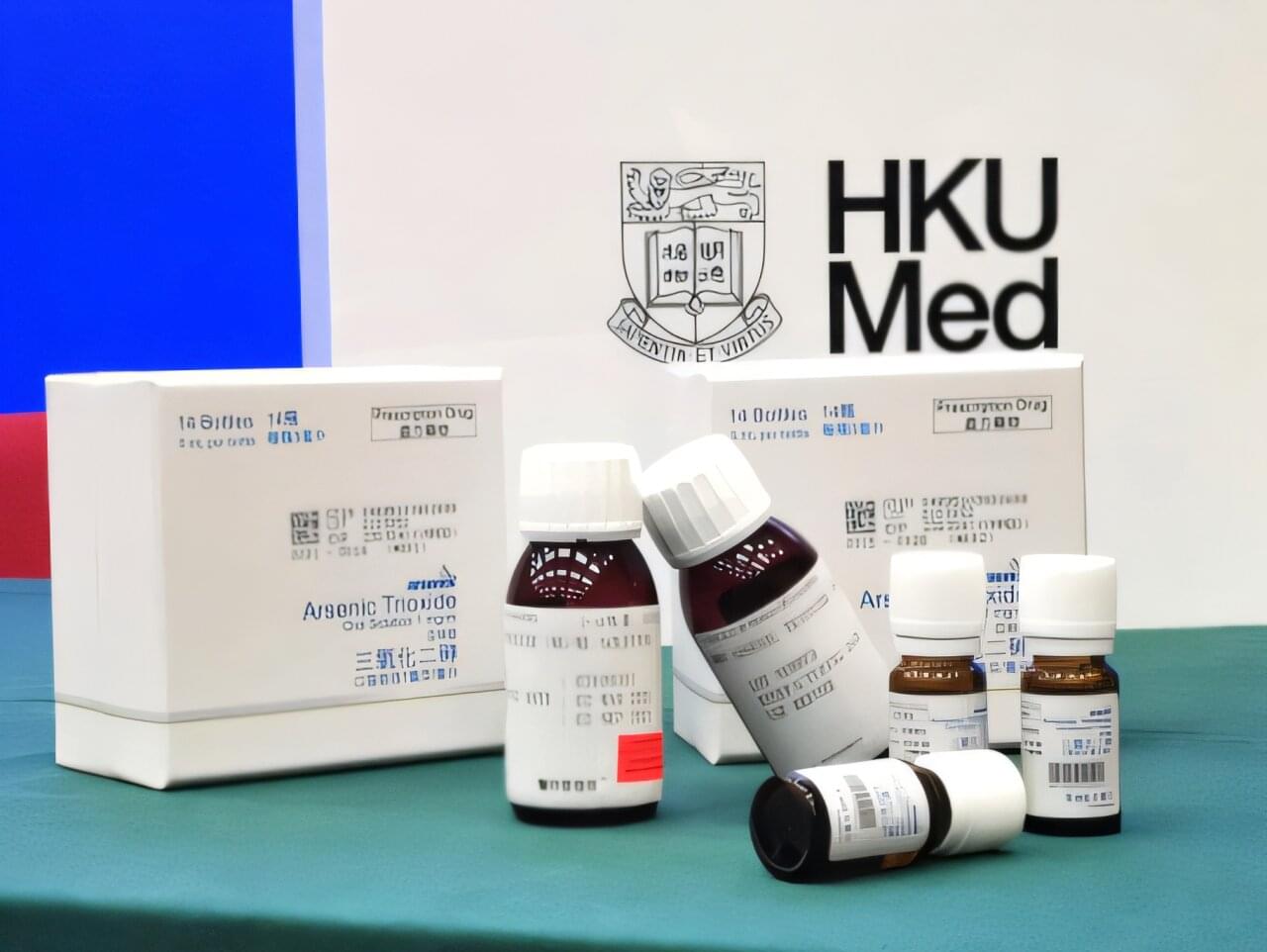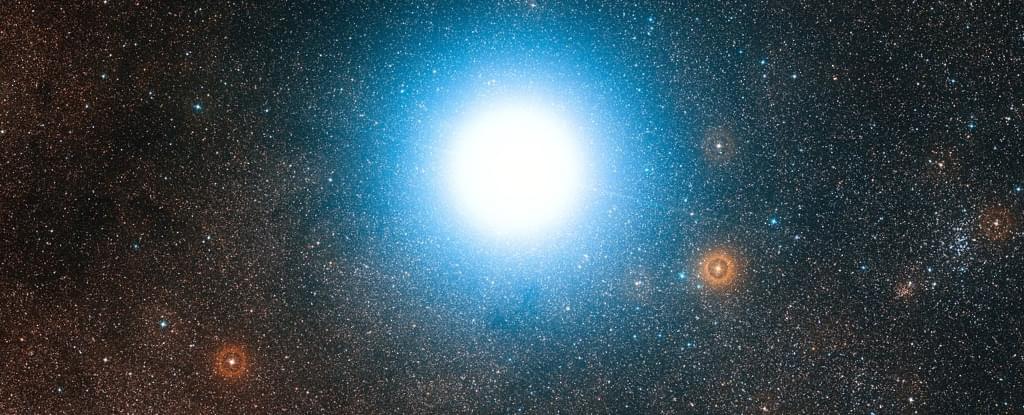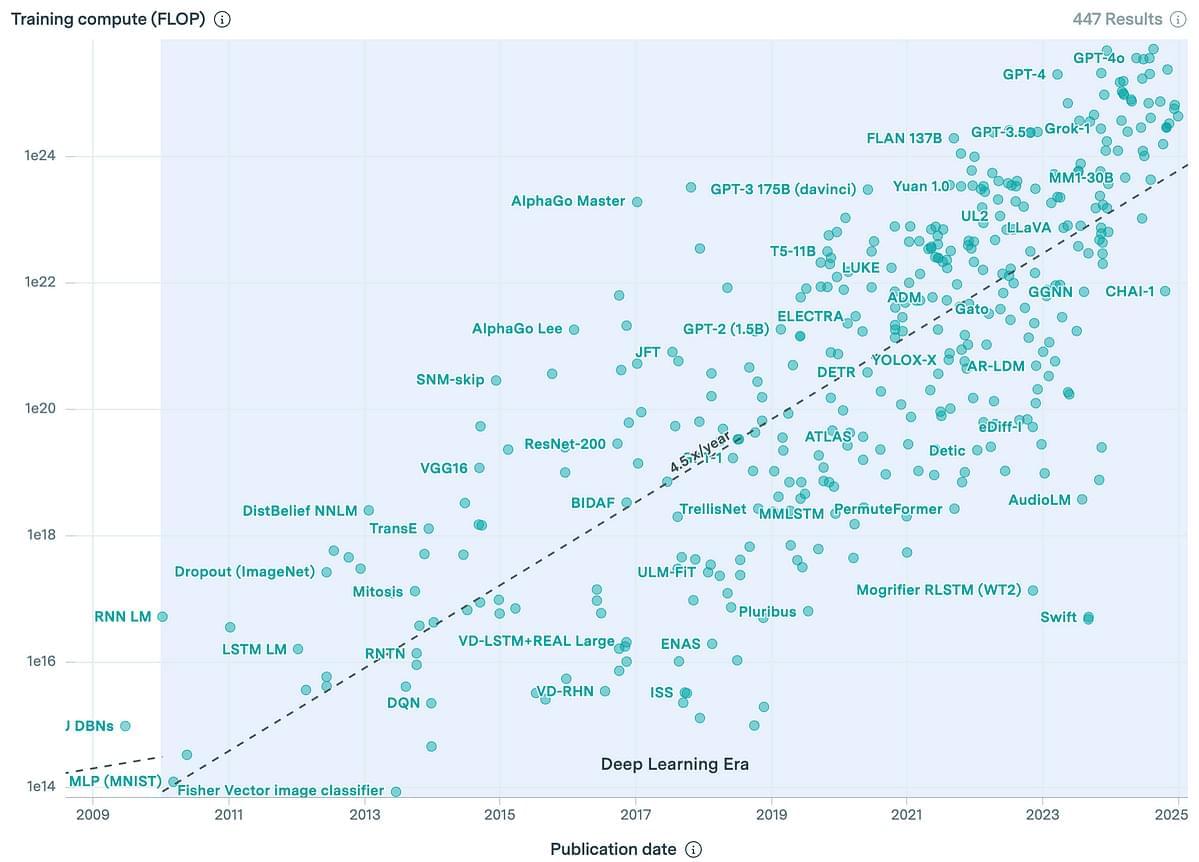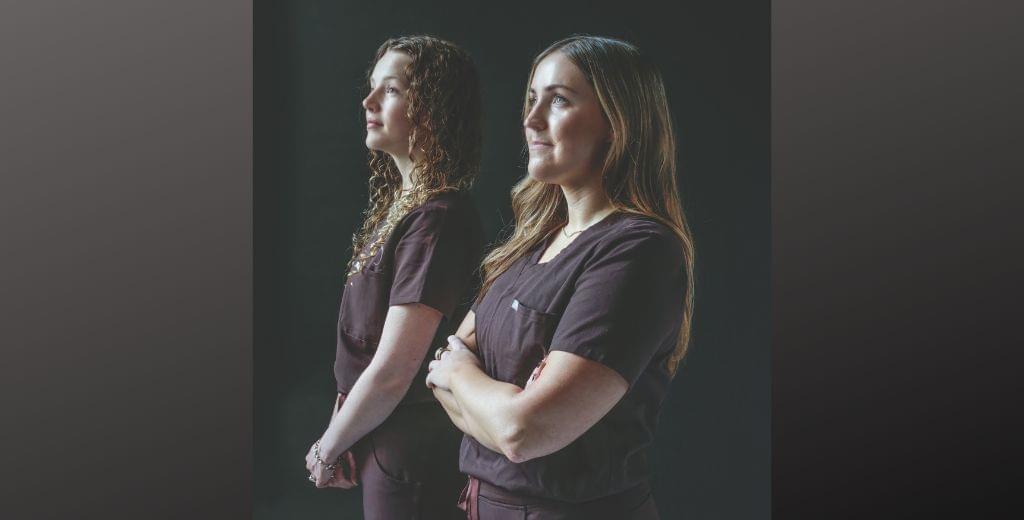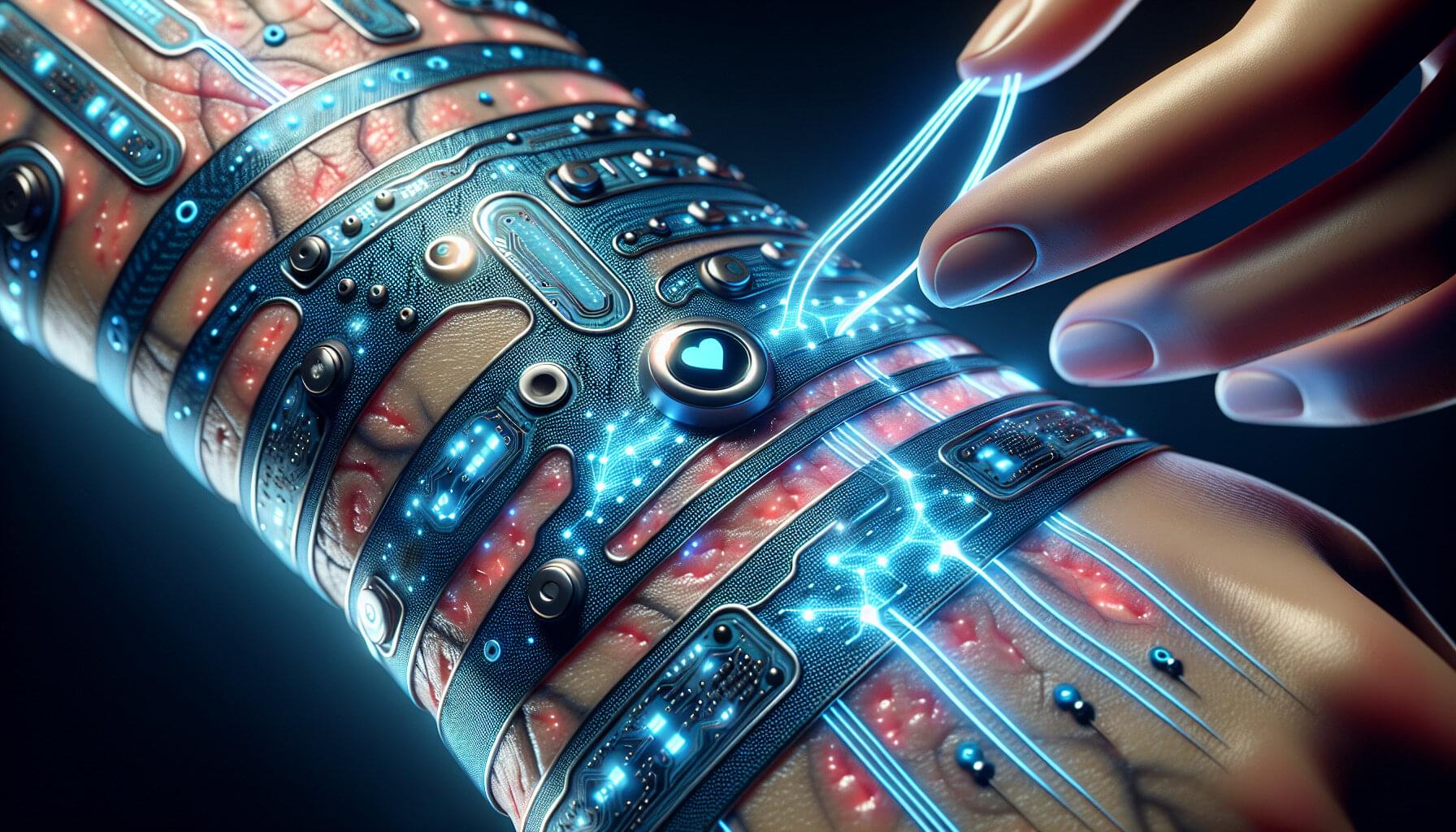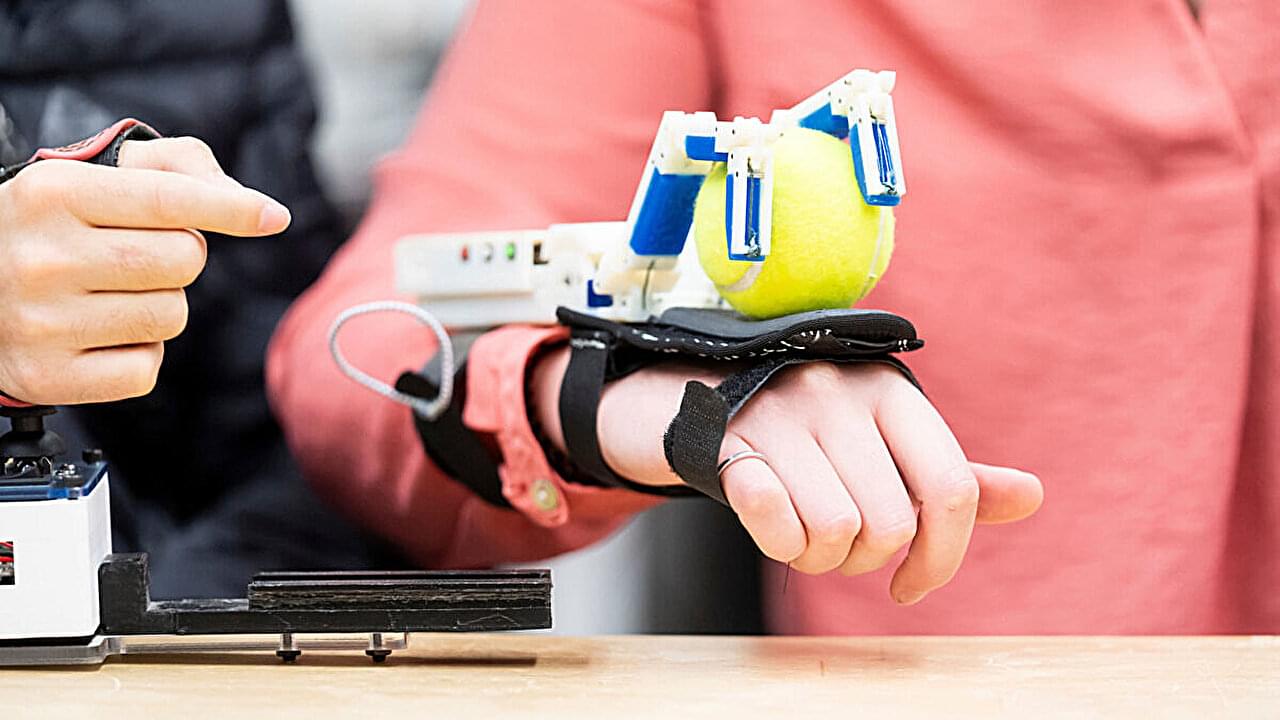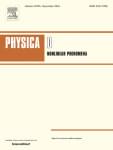John Preskill has been guiding the growing quantum computing industry for decades, and now he has set a new challenge – to build a device capable of a million quantum operations per second, or a megaquop.
Researchers have developed a novel experimental platform to measure the electric fields of light trapped between two mirrors with a sub-cycle precision.
These electro-optic Fabry-Pérot resonators will allow for precise control and observation of light-matter interactions, particularly in the terahertz (THz) spectral range. The study is published in the journal Light: Science & Applications.
The researchers are from the Department of Physical Chemistry at the Fritz Haber Institute of the Max Planck Society and the Institute of Radiation Physics at Helmholtz Center Dresden-Rossendorf.
Researchers at the LKS Faculty of Medicine of the University of Hong Kong (HKUMed) have invented an oral formulation of arsenic trioxide (Oral-ATO; ARSENOL) for the treatment of acute promyelocytic leukemia (APL), a blood cancer that once had a high fatality rate.
The invention and use of oral-ATO is of historic importance for medicine in Hong Kong. It is the first-ever prescription medication wholly invented and manufactured in Hong Kong, and also the first to obtain U.S., European and Japanese patents.
After more than two decades of dedicated work, the HKU research team successfully translated this Hong Kong invention into clinical practice by incorporating oral-ATO into the treatment plan of APL patients. Extensive clinical studies of oral-ATO have demonstrated its high efficacy and safety in curing APL patients, with an overall survival (OS) rate exceeding 97%, along with a significant reduction in side-effects and treatment burden.
Microbial life in Yellowstone’s Lower Geyser Basin may hold clues to the evolution of life’s exploitation of oxygen, according to a recent analysis by researchers from Montana State University.
T he inhabitants of the basin’s Octopus and Conch Springs live in kelp-like, gelatinous ‘streamer’ structures that wiggle furiously in superheated currents, which hover around 88 degrees Celsius (190 degrees Farenheit). Genetically similar to ancient bacteria and archaea, t heir existence is a window into the primordial soup from which life emerged.
While these microbial communities share many traits, the springs’ environments are different in a few fundamental ways.
The appearance of the Interstellar Objects (ISOs) Oumuamua and Comet Borisov in 2017 and 2019, respectively, created a surge of interest.
What were they? Where did they come from? Unfortunately, they didn’t stick around and wouldn’t cooperate with our efforts to study them in detail. Regardless, they showed us something: Milky Way objects are moving around the galaxy.
We don’t know where either ISO came from, but there must be more – far more. How many other objects from our stellar neighbours could be visiting our Solar System?
Two nurses from Lucile Packard Children’s Hospital Stanford gave stem cells to help patients with life-threatening conditions.
Researchers have achieved a breakthrough in wearable health technology by developing a novel self-healing electronic skin (E-Skin) that repairs itself in seconds after damage. This could potentially transform the landscape of personal health monitoring.
In a study published in Science Advances, scientists demonstrate an unprecedented advancement in E-Skin technology that recovers over 80% of its functionality within 10 seconds of being damaged—a dramatic improvement over existing technologies that can take minutes or hours to heal.
The technology seamlessly combines ultra-rapid self-healing capabilities, reliable performance in extreme conditions, advanced artificial intelligence integration, and highly accurate health monitoring systems. This integration enables real-time fatigue detection and muscle strength assessment with remarkable precision.
More than 15 million people worldwide are living with spinal cord injury (SCI), which can affect their sensory and motor functions below the injury level. For individuals with SCI between C5 and C7 cervical levels, this can mean paralysis affecting their limbs and limited voluntary finger and wrist flexion, making it difficult to grasp large, heavy objects.
Now, a team of UC Berkeley engineers from the Embodied Dexterity Group has developed a wearable device to enhance grasping functionality in this population. Dubbed the Dorsal Grasper, this assistive device leverages voluntary wrist extension and uses supernumerary robotic fingers on the back of the hand to facilitate human-robot collaborative grasping.
In a study recently featured in IEEE Transactions on Neural Systems and Rehabilitation Engineering, the researchers demonstrated for the first time how the Dorsal Grasper can expand users’ graspable workspace. Test subjects found that they could easily grasp objects anywhere they could reach their arm, without having to rotate their bodies, which can cause wheelchair users to lose their balance.
We explore numerically the complex dynamics of multilayer networks (consisting of three and one hundred layers) of cubic maps in the presence of noise-modulated interlayer coupling (multiplexing noise). The coupling strength is defined by independent discrete-time sources of color Gaussian noise. Uncoupled layers can demonstrate different complex structures, such as double-well chimeras, coherent and spatially incoherent regimes. Regions of partial synchronization of these structures are identified in the presence of multiplexing noise. We elucidate how synchronization of a three-layer network depends on the initially observed structures in the layers and construct synchronization regions in the plane of multiplexing noise parameters “noise spectrum width – noise intensity”
